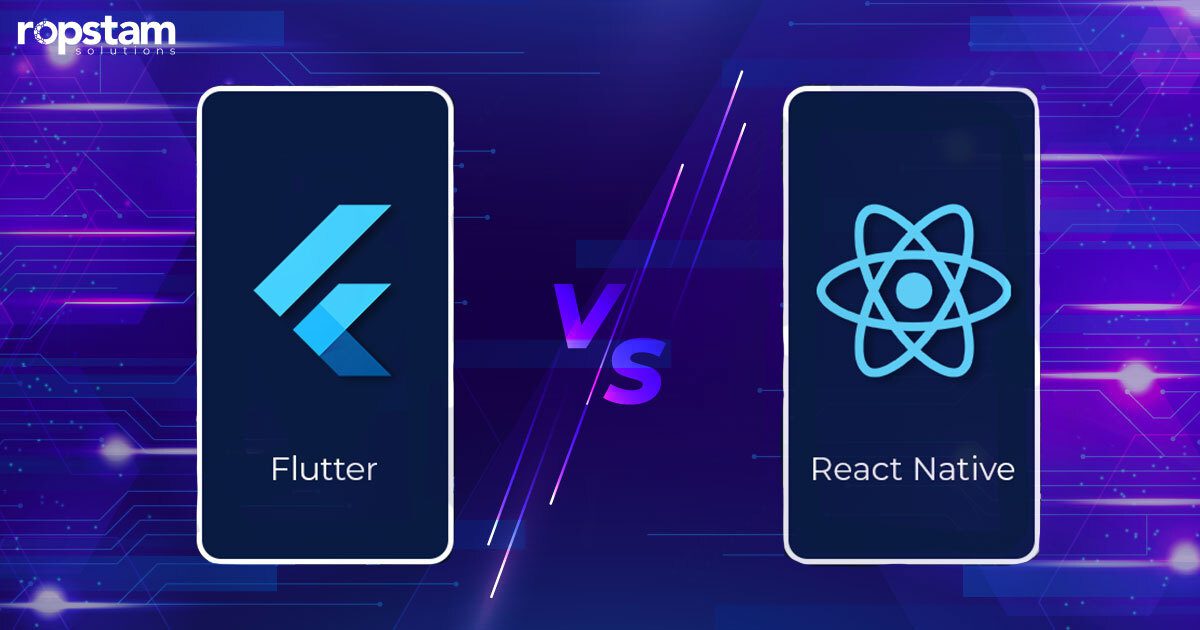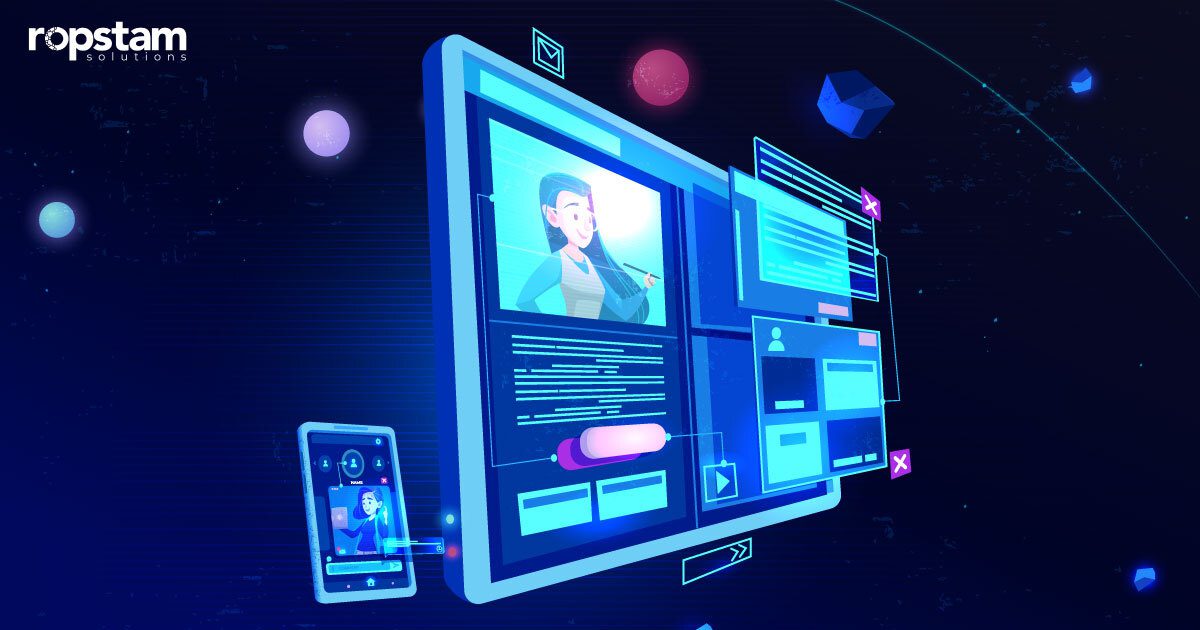If you are a mobile app developer, one of the most critical decisions you’ll face is whether to opt for Flutter or native app development. Each approach offers distinct advantages and disadvantages, and the best choice for your project will depend on your specific needs and goals.
In this comprehensive guide, we’ll explain the pros and cons of both Flutter and native app development. We’ll analyze what Flutter brings to the table as a cross-platform UI toolkit, highlighting its unique features and benefits. Additionally, we’ll dissect the pros and cons of native app development languages and frameworks. So, without further ado, let’s dig into this widely debated comparison.
What is Native App Development?
When it comes to creating mobile apps that truly shine on specific platforms, native app development takes center stage. This approach involves building applications tailored exclusively for operating systems like iOS or Android.
For Apple devotees, developers turn to Swift or its older sibling, Objective-C. Swift has quickly become a favorite in the iOS world, offering a perfect blend of safety, speed, and power that makes it ideal for creating those smooth, responsive apps we’ve come to expect on our iPhones and iPads.
On the Android side of things, Java has long been the go-to language, but Kotlin is the rising star that’s capturing developers’ hearts. Why? It’s like Java hit the gym and got an upgrade – more expressive, less verbose, and packed with modern features that make Android development not just efficient, but enjoyable. In short, native app development languages offer a user experience that is fast and feels like home.
What is Flutter App Development?
In the fast-paced world of app development, Flutter has emerged as a game-changing force. This open-source framework, developed and maintained by Google, is redefining how developers approach multi-platform app creation. Think about this scenario: you build an app once and watch it come to life on smartphones, tablets, desktops, and even web browsers – that’s the Flutter magic in action.
From startups to enterprise giants, businesses are flocking to Flutter for its ability to simplify development workflows and reduce time-to-market. Whether you’re building a complex e-commerce platform or a visually stunning game, Flutter provides the tools to bring your vision to life efficiently and effectively.
To summarize, the renowned Flutter framework is not just about creating apps, it’s about building high-performance, user-friendly mobile applications that stand out from the rest.
Pros and Cons of Native App Development
Here, we have delineated the pros and cons of leveraging the power of native app development:
Strengths of Native App Development
- Optimal performance
- Full access to native device features
- Enhanced security
- Better store visibility
Cons of Native App Development
- Higher development costs
- Platform-specific updates
- Limited code reusability
Pros and Cons of Flutter App Development
Utilizing the expertise of our Flutter app developers, here we have compiled a list of some of the key advantages and pitfalls of Flutter app development:
Strengths of Flutter App Development
- Faster Development Cycle
- Consistent design
- Cost-effective solutions
- A large community of developers
Cons of Flutter App Development
- Large app size
- Steep learning curve
- Potential performance issues
- Limited access to native features
Conclusion
In the universe of mobile app development, both the Flutter framework and native app development languages and frameworks are of utmost importance. They have their own strengths and weaknesses, and the final decision depends on the scope of your project, budget, and timeline.














